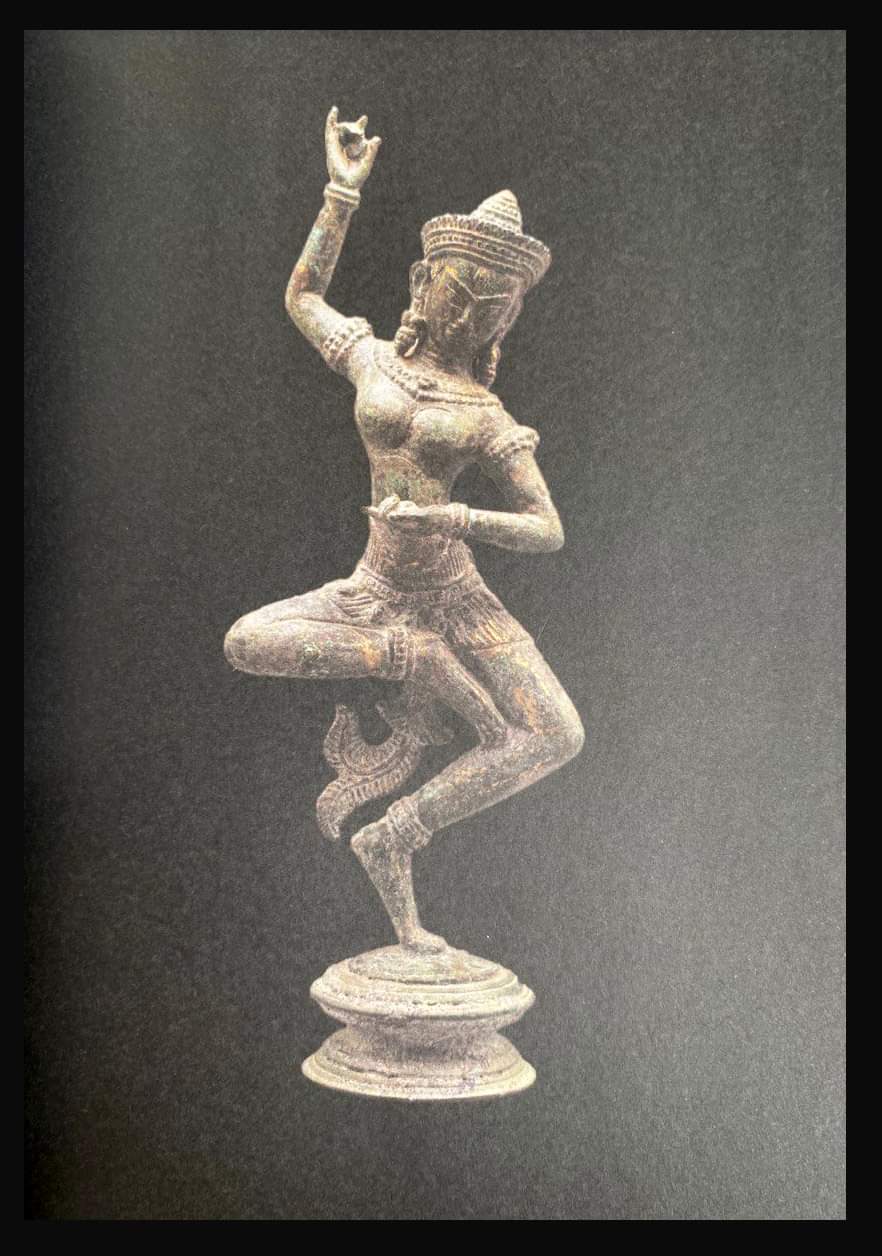In June of last year, after years of investigations and seizures by Homeland Thursday, April 27, 2023
In June of last year, after years of investigations and seizures by Homeland Security and the New York District Attorney’s office, a collection of 27 pieces of Khmer art were handed over to the Cambodian Ambassador in New York and a few of those were on display at the Peace Palace exhibition of recently repatriated Khmer artifacts, presided over by Prime Minister Samdech Hun Sen in the middle of last month. Three of the bronze works of art on display at the Peace Palace were recovered by American authorities from Subhash Kapoor, one of the world's biggest antiquities smugglers, through his Manhattan Gallery; out of the 27 items, 24 Khmer artifacts came from the Kapoor hoard, while another three were seized from the Nancy Weiner Gallery, also in New York. The collaboration between the Cambodian government and American officials has seen a large number of Khmer treasures returning home in recent years and this is set to continue. The three bronze pieces from Kapoor, who sold looted artworks from Cambodia, Afghanistan, India, Pakistan, Nepal, and Thailand using fake export/import and provenance papers, are a Standing Buddha, a Buddha sheltering under Naga and a seated Vajrasattva. The Standing Buddha, looking rather weather-beaten, is from the pre-Angkor period, likely 7th century, with both hands in the vitarka-mudra pose, the symbol of teaching or discussion; the feet were separated and have now been re-attached. Buddha Muchalinda, the common title of an artifact showing the Buddha being sheltered from the storm by the hood of seven Nagas, is from a later period, likely 11-13th century, with both of Buddha’s hands resting on his lap in a meditation pose. The more unusual Vajrasattva piece was one of the principal deities of Vajrayana (‘the way of the thunderbolt’), which enabled adherents to aim for enlightenment through tantric rituals and mantras. The vajra (thunderbolt) and ghanta (bell) were the iconic attributes which he is holding in his hands; this type of Buddhism was very popular amongst the elites in the 12-13th centuries. Two other bronze artifacts on display were both returned to Cambodia in 2020, a winged Garuda riding
the seven-headed Naga, usually regarded as sworn enemies, coming from
the United Kingdom, and a Dancing Yogini, another figure from the
Tantric Buddhism worship. Usually associated with the principal deity
Hevajra, female Yogini attendants would dance on corpses around an open
pavilion-shrine known as a mandala. The main features of the Peace
Palace exhibition were some of the large sandstone sculptures that have
now been put on display at the National Museum, and of course, the large
hoard of gold jewelry recovered from the Douglas Latchford family.
0 comment
tag:
#Culture
 Monks
Monks


 Group
Group Buddha Dhamma Monk
Buddha Dhamma Monk Puthichak IT
Puthichak IT buddha dharma monk
buddha dharma monk  BuddhaChak IT
BuddhaChak IT  Cambodia4World
Cambodia4World  Bokator Cambodia
Bokator Cambodia  Monk Cambodia
Monk Cambodia Economic Buddhism
Economic Buddhism  Lbokator Khmer
Lbokator Khmer  Housewife Khmer
Housewife Khmer  Kun Lbokator
Kun Lbokator Preap News
Preap News  Sampeah News
Sampeah News  Kampuchea Chef
Kampuchea Chef 











